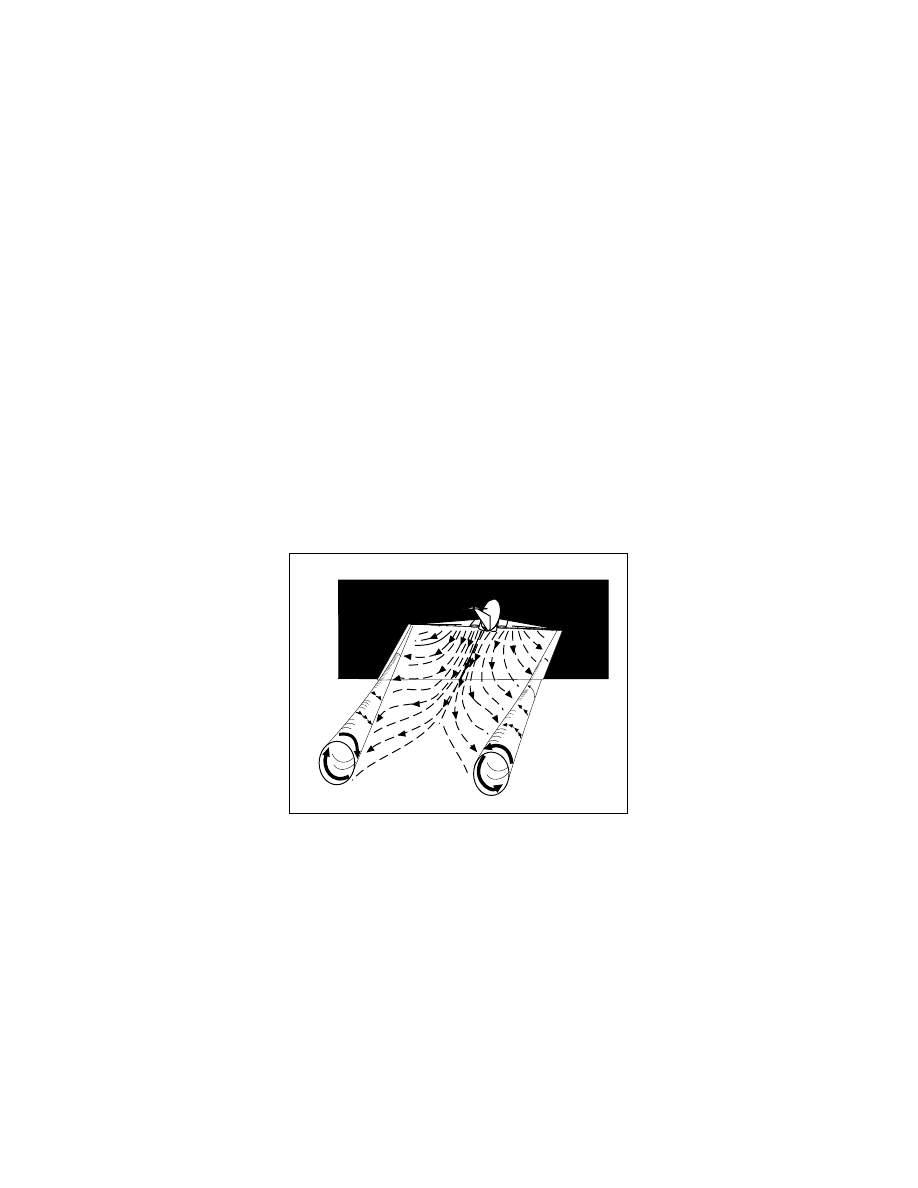
4/20/23
AIM
2.
Don’t attempt to fly under a thunderstorm even if you can see through to the other side. Turbulence and
wind shear under the storm could be hazardous.
3.
Don’t attempt to fly under the anvil of a thunderstorm. There is a potential for severe and extreme clear
air turbulence.
4.
Don’t fly without airborne radar into a cloud mass containing scattered embedded thunderstorms.
Scattered thunderstorms not embedded usually can be visually circumnavigated.
5.
Don’t trust the visual appearance to be a reliable indicator of the turbulence inside a thunderstorm.
6.
Don’t assume that ATC will offer radar navigation guidance or deviations around thunderstorms.
7.
Don’t use data-linked weather next generation weather radar (NEXRAD) mosaic imagery as the sole
means for negotiating a path through a thunderstorm area (tactical maneuvering).
8.
Do remember that the data
−
linked NEXRAD mosaic imagery shows where the weather was, not where
the weather is. The weather conditions depicted may be 15 to 20 minutes older than indicated on the display.
9.
Do listen to chatter on the ATC frequency for Pilot Weather Reports (PIREP) and other aircraft requesting
to deviate or divert.
10.
Do ask ATC for radar navigation guidance or to approve deviations around thunderstorms, if needed.
11.
Do use data-linked weather NEXRAD mosaic imagery (for example, Flight Information
Service-Broadcast (FIS-B)) for route selection to avoid thunderstorms entirely (strategic maneuvering).
12.
Do advise ATC, when switched to another controller, that you are deviating for thunderstorms before
accepting to rejoin the original route.
13.
Do ensure that after an authorized weather deviation, before accepting to rejoin the original route, that
the route of flight is clear of thunderstorms.
14.
Do avoid by at least 20 miles any thunderstorm identified as severe or giving an intense radar echo. This
is especially true under the anvil of a large cumulonimbus.
15.
Do circumnavigate the entire area if the area has 6/10 thunderstorm coverage.
16.
Do remember that vivid and frequent lightning indicates the probability of a severe thunderstorm.
17.
Do regard as extremely hazardous any thunderstorm with tops 35,000 feet or higher whether the top is
visually sighted or determined by radar.
18.
Do give a PIREP for the flight conditions.
19.
Do divert and wait out the thunderstorms on the ground if unable to navigate around an area of
thunderstorms.
20.
Do contact Flight Service for assistance in avoiding thunderstorms. Flight Service specialists have
NEXRAD mosaic radar imagery and NEXRAD single site radar with unique features such as base and composite
reflectivity, echo tops, and VAD wind profiles.
b.
If you cannot avoid penetrating a thunderstorm, following are some Do’s before entering the storm:
1.
Tighten your safety belt, put on your shoulder harness (if installed), if and secure all loose objects.
2.
Plan and hold the course to take the aircraft through the storm in a minimum time.
3.
To avoid the most critical icing, establish a penetration altitude below the freezing level or above the level
of -15ºC.
4.
Verify that pitot heat is on and turn on carburetor heat or jet engine anti-ice. Icing can be rapid at any
altitude and cause almost instantaneous power failure and/or loss of airspeed indication.
5.
Establish power settings for turbulence penetration airspeed recommended in the aircraft manual.
Meteorology
7
−
1
−
63